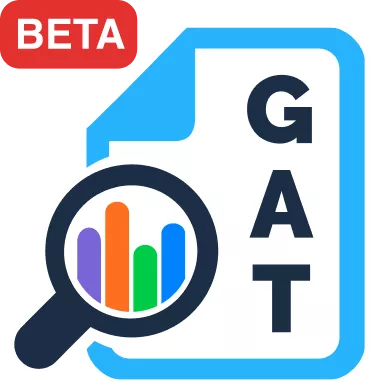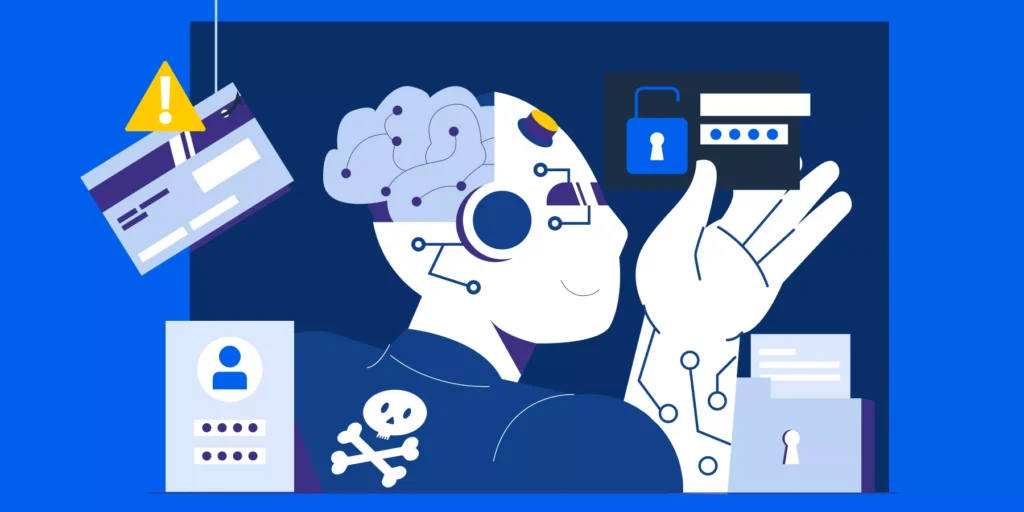In today’s fast-paced business environment, seamless collaboration and secure communication are crucial for enterprise success. Google Workspace offers a robust platform to achieve these goals, and effective group management is the key.
This blog explores the importance of group management, the best practices for optimising your Google Workspace environment, and how GAT Labs’ suite of tools can further streamline your processes.
The Challenges of Unmanaged Groups
Enterprise admins often face challenges like:
- ▪️ Group sprawl: Uncontrolled group creation leads to a cluttered workspace, making it difficult for users to find relevant information and increasing security risks.
- ▪️ Onboarding overload: Managing group memberships for new employees can be time-consuming and error-prone.
- ▪️ Compliance headaches: Maintaining data security and adhering to regulations require granular access control and regular auditing of group activities.
Unmanaged Groups: A Real-World Example
Imagine a large marketing agency struggling with uncontrolled group creation. Hundreds of groups exist, making it difficult for employees to find relevant information. Onboarding new hires becomes a nightmare, as they need to be manually added to countless groups.
Security is also a concern – with so many groups and unclear access controls, sensitive information could be easily exposed. This not only impacts collaboration but also increases the risk of data breaches.
The Benefits of Effective Group Management:
1. Enhanced Collaboration:
- Well-managed groups with clear ownership and organisation-wide policies improve communication and project execution.
For instance, a dedicated “marketing campaign” group with designated owners and clear access controls ensures all team members have the latest campaign assets and can collaborate seamlessly on messaging and launch strategies.
2. Improved Security and Compliance:
- Granular permission settings ensure only authorised personnel can access sensitive information, mitigating security risks and aiding compliance with regulations.
Imagine a company working on a new product launch. A well-managed group with granular permissions restricts access to confidential product documents only to the development team, while marketing can access promotional materials without compromising sensitive information. This not only strengthens security but also helps meet industry regulations like GDPR.
3. Increased Productivity:
- Streamlined communication through shared inboxes and documents reduces email clutter and allows teams to focus on core tasks.
Ever feel buried in an overflowing email inbox? Collaborative inboxes for project teams eliminate the need for endless email threads.
Optimising Your Google Workspace Groups Management:
1. Consistent Naming Conventions:
Implement clear and consistent naming conventions for groups. For example, use a standard format like [Department]-[Team]-[Function] to help users easily identify group purpose.
2. Leverage Automation:
To streamline group creation and ensure consistency with organisational policies, consider automation tools like GAT Flow. These tools allow you to define pre-configured templates that automatically set group names, privacy settings, and default access controls.
For instance, a template for a “department project group” might automatically create a group with a clear name, set the privacy to “closed,” and assign specific roles based on pre-defined user attributes. This eliminates manual configuration errors and saves admins valuable time.
Additionally, GAT Flow’s Dynamic Groups extend the functionality of Google’s offering. This solution enables all organisations to benefit from automated group management, regardless of their Google Workspace plan. Unlike some Google Workspace tiers, Dynamic Groups update at least once daily, ensuring group memberships are always current and synced with your evolving workforce.
3. Advanced Permissions and Access Controls:
Utilise advanced tools like GAT Unlock to grant granular access based on user roles and needs. This strengthens security and minimises the risk of data breaches.
4. Regular Review and Clean-Up:
Schedule periodic reviews of group memberships and permissions, applying the Principle of Least Privilege (POLP). This means ensuring users have only the access they need to perform their tasks. Identify and remove inactive groups or outdated permissions to maintain a clean, secure, and least-privilege workspace.
5. Monitoring and Auditing:
Leverage tools like GAT+ for comprehensive group activity monitoring. This helps identify potential security threats and ensures compliance with organisational policies.
Effective Naming Conventions and Group Creation:
As discussed, consistent naming conventions are crucial for easy group identification. Once you’ve established your naming scheme, creating a group is straightforward. Google Workspace offers two methods: through Google Groups or the Google Admin console (for administrators).
While Google Workspace offers advanced features, creating a basic group is straightforward:
- Sign into Google Groups and click “Create group.”
- Choose a clear and descriptive name for your group and set the appropriate privacy settings (open, closed, or public).
- You can then add members by email address and craft a welcome message.
That’s it! Your group is ready for collaboration 🎉
Beyond Google Workspace: A Seamless Collaboration Ecosystem
While Google Workspace offers robust group management features, it’s essential to consider your overall collaboration ecosystem. Many businesses leverage other platforms like project management tools, communication apps, and cloud storage solutions. Integrating Google Groups with these tools can significantly enhance collaboration.

For instance, a project group can be linked to a task management tool for assigning deadlines, a communication app for real-time discussions, and a cloud storage solution for centralising project documents. This creates a unified hub where teams can seamlessly access all the resources they need in one place.
However, it’s important to be mindful of potential challenges. Disparate platforms can sometimes create data silos, where information gets trapped within individual tools. Additionally, ensuring smooth interoperability between various apps can require ongoing maintenance.
Ready to streamline your Google Workspace group management? Start your free trial and see how GAT can automate group creation and access controls.
Insights That Matter. In Your Inbox.
Join our newsletter for practical tips on managing, securing, and getting the most out of Google Workspace, designed with Admins and IT teams in mind.







